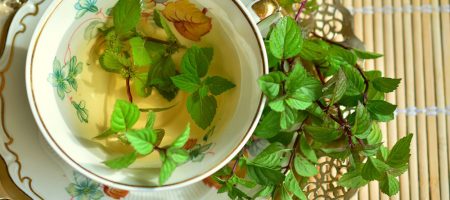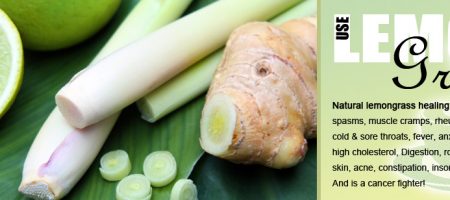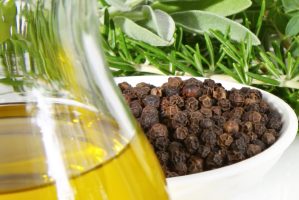The Smartweed/Water-pepper
Across the United States of America, there is a plant. A smart plant, a glorious plant, a really spicy plant! Okay, this plant has no brain cells, so it can’t be smart, but after tasting this plant, thoughts of wisdom will flood your mind. NEXT TIME I WON’T EAT SO MUCH!!! Smartweed has several ups and downs to it. More downs than ups, but there are some things you can do to make it enjoyable.
This plant is almost all the way edible, except for the roots. It depends on where your location is if the roots are edible or not. Ask your local expert before trying anything with the roots of the smartweed. The leaves, stems, and the flowers are all edible, so it balances out fairly well. But a warning, the leaves, stems, and flowers are all extremely hot and spicy. Much more than any amount of pepper you can add. This plant puts jalapeños to shame! Like you can obtain salt from the leaves of the Black Mangro, you can treat this plant like a spice or a pepper without that peppery taste to it, and, that is ten time hotter. 
Identifying this plant will be rather easy. But it has a lot of different varieties. The Smartweed is also known as the knotweed, arseweed, or the Polygonum. Polygonum is Greek for many knees, or many joints, which is an identification tool when searching for this plant. The leaves are alternate, they do not grow opposite from each other, but rather like branches. The leaves look almost exactly like a willow leaf. Just a tidbit smaller if you don’t have the monster variety. Flowers bloom in clusters like the lilac. They basically get to be about 2 inches long. They’re white, sometimes they’ll be light pink, or just pink, with five little petals surrounding the middle. The stem is smooth except where the joints meet. The smartweed is always found in damp areas, like the ditches in roads where the rain water collects, or growing on the cliffs and edges of lakes and ponds, or even in the middle of a once-but-now-dry water area.
Smartweed Habitat. (A whole plot of Smartweed is growing on the left side of this picture)
To be truthful, there is not much you can do with this plant. It is good for flavoring things and that is about it. If you are just going to try it without adding anything to it, eat only a part as small a pepper flake if you don’t want your mouth to go up in flames. There is also Mild Water-pepper as shown in these pictures. This species is much less bold in flavor. You need to eat much more of it to get a flavor than you do a smartweed. So, if you are going to replace regular pepper with Mild Water-pepper, than you might need to double the amount that your recipe calls for. It is not that hot. The identification of both plants are pretty much the same.
You can dry, crush and store the leaves, stems, and flowers in a glass spice jar or a strong plastic zip-lock bag for safe keeping until need of use. Sun drying them is a healthy way (and free) of retaining the health benefits and not getting the spice burnt in the oven. You can add smartweed fresh to salads or soups and sauces. Another warning, if the plant does not have a peppery taste to it, then you probably don’t have smartweed. Consult your local expert before trying anything new if you want to stay safe, and in this case, smart!
For more reports about wild edibles, look for more reports.
You can learn more about the smartweed at www.eattheweeds.com
Or you can watch the video Eat the Weeds with Green Deane Volume 6: Episode 90








